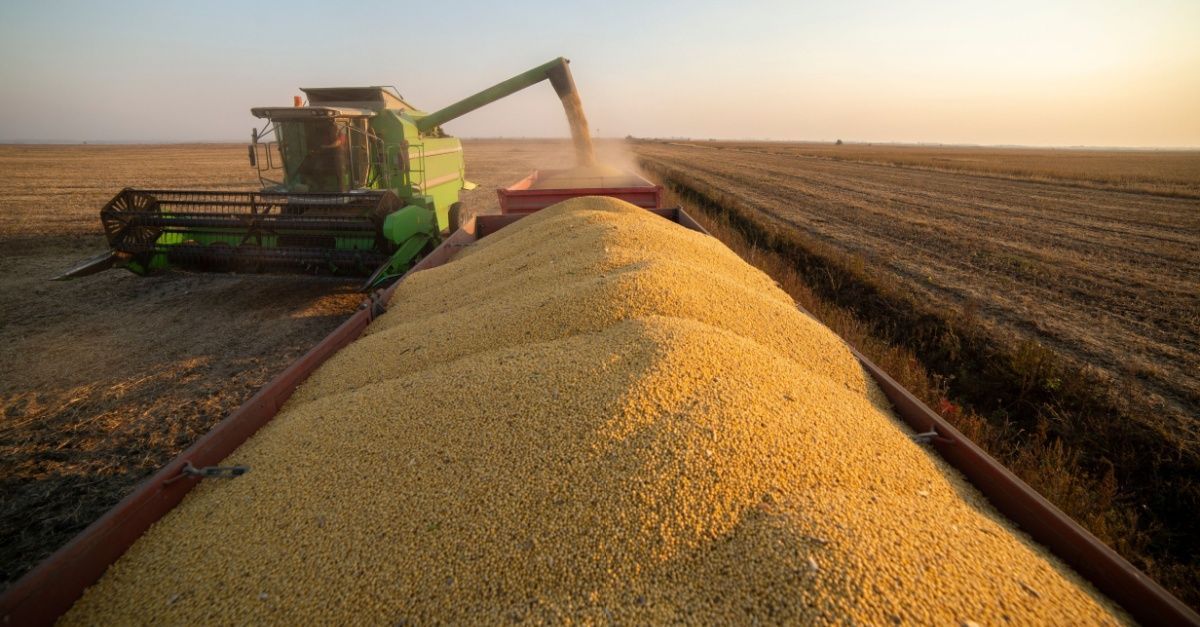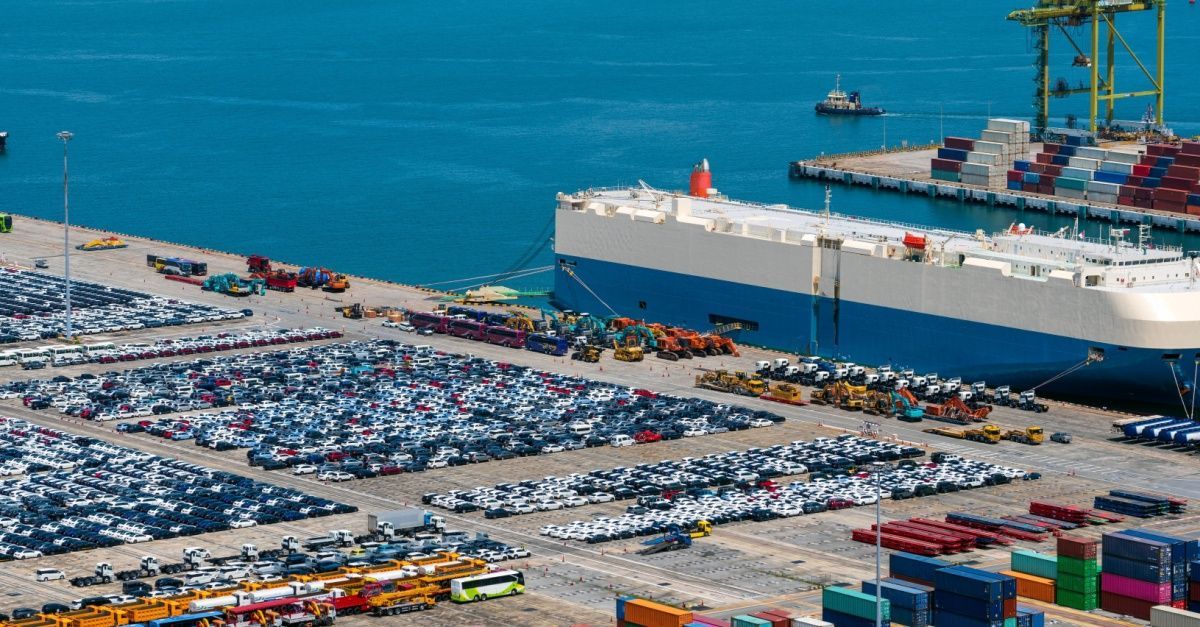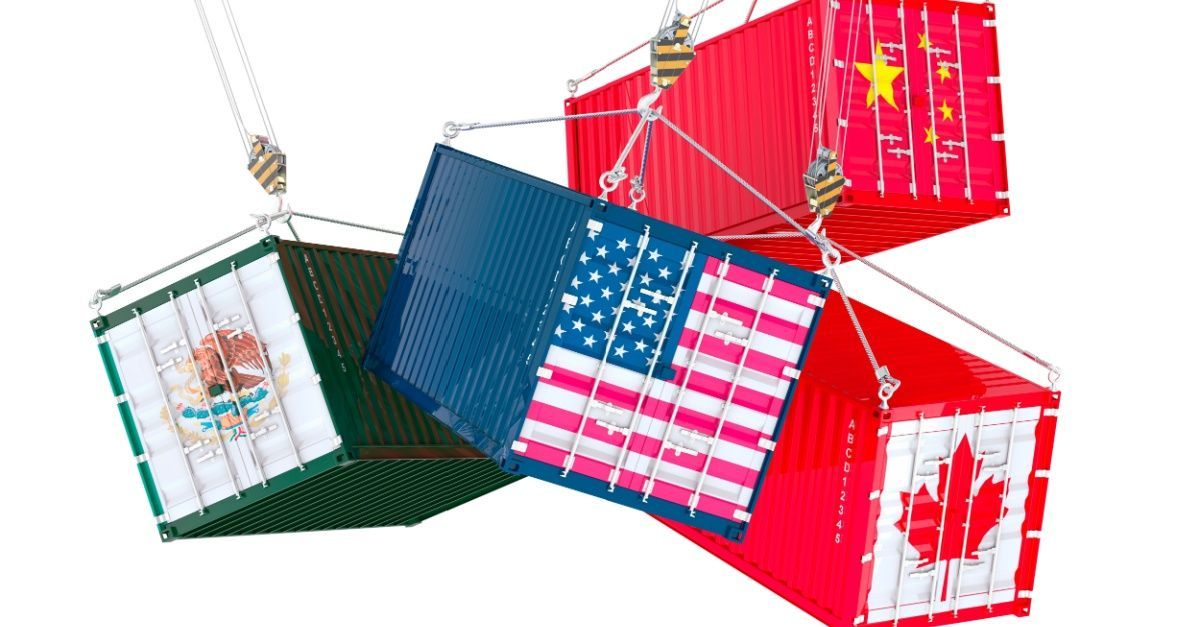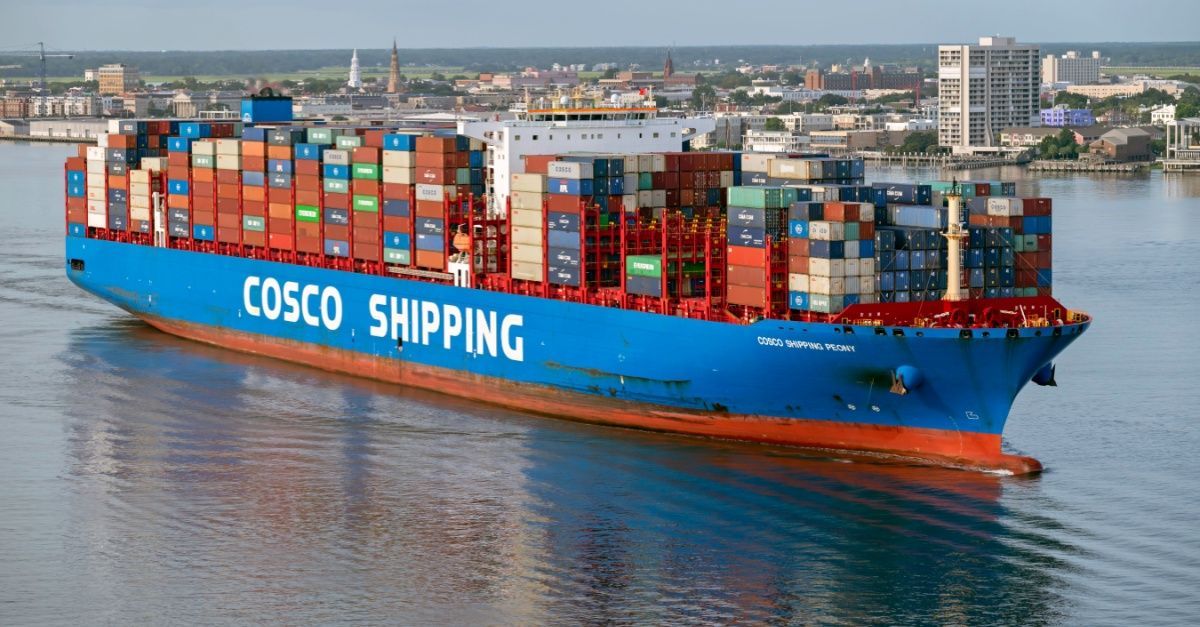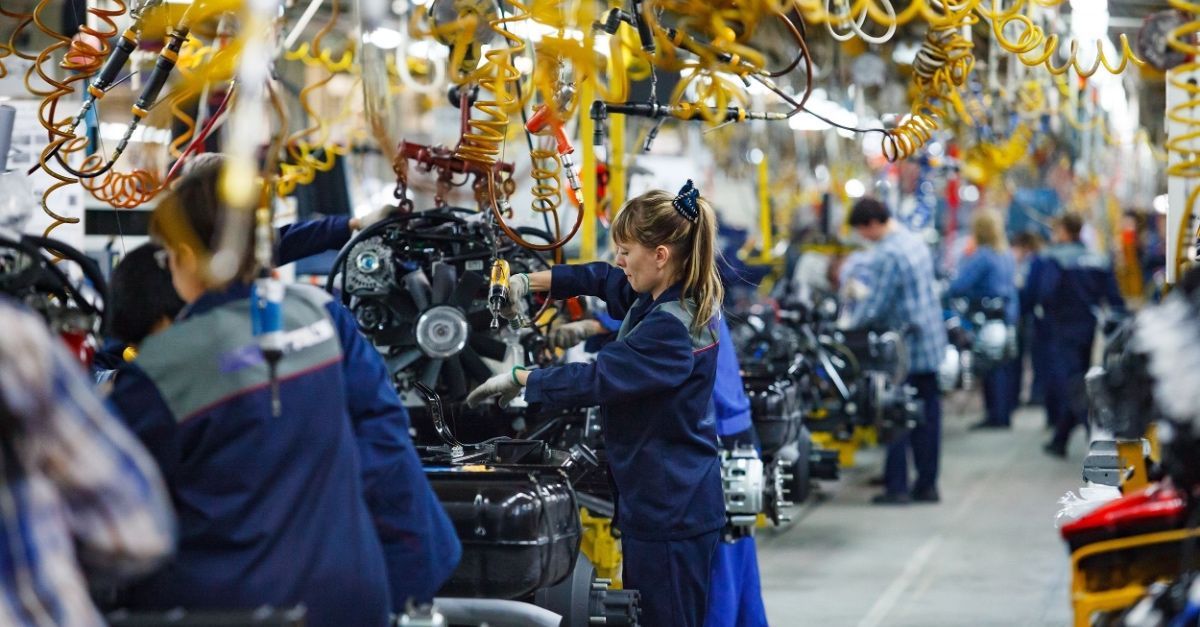DC to DC and Beyond: Three Trends Shaping Food Transportation
Blog Post CTA
Let's cut to the chase — 2024's food transportation and logistics outlook is pulsing with innovation and challenges. Imagine a world where sleek technology seamlessly intertwines with the gritty realities of labor and operational costs, all while consumer choices shift like the tides. This sector isn't just about DC-to-DC transfers or the backdrop to our daily lives; it's a living, breathing ecosystem adapting to the rhythms of technological progress, economic shifts, and evolving tastes. We're about to unpack three transformative trends shaking up the industry, revealing what’s making it tick and keeping our world nourished and moving.
Trend 1: Technology and Automation in Food Logistics
Food logistics is undergoing a revolutionary change driven primarily by technology and automation. It’s a shift not just about efficiency but a response to various challenges, including changing consumer demands, environmental concerns, and the need for greater transparency.
Rising Importance of Supply Chain Visibility
Recent events over the past three-plus years have revealed the fragility of our food supply chain. The pandemic led to abrupt order cancellations for foodservice suppliers, resulting in significant stock excess due to mismatches in packaging sizes, exacerbating food waste. Geopolitical tensions, particularly the conflict in Ukraine, have disrupted vital crop supplies like wheat and corn, impacting global food accessibility. Similarly, climate change has led to concerning agricultural shifts; Malaysia's chicken export restrictions due to reduced egg production in extreme heat and India's wheat export ban following a heatwave-induced yield drop are prime examples.
In response, technology has become indispensable. With only
6% of companies having full supply chain visibility,
70% now prioritize this aspect strategically. Emerging technologies like AI and machine learning
further revolutionize this space, enhancing demand forecasting, inventory management, and market responsiveness.
Adoption of Advanced Technologies
Let's take a closer look into those innovative technologies transforming food transportation:
- Real-Time Visibility: Essential for tracking goods, monitoring inventory, and adapting to demand changes. Alpine Fresh, a major player in the U.S. fruit and vegetable import market, is a prime example of the impact of this technology. They faced substantial losses due to untraceable shipments and product spoilage, so they turned to Tive’s Solo 5G trackers. This move improved their logistics operations and saved them hundreds of thousands of dollars.
- Blockchain: This technology offers a secure, decentralized ledger, vital for industries needing high transparency and traceability. Nestlé's use of IBM's Food Trust blockchain ledger exemplifies this. Through it, they can track the origin of products like Mousline purée and Zoégas coffee, partnering with the Rainforest Alliance to monitor cocoa bean sources, enhancing consumer transparency and supporting sustainable farming practices.
- Artificial Intelligence (AI): AI's application ranges from predictive analytics to data analysis and automation. Its impact on the food supply chain is significant, addressing challenges like container storage costs, asset planning, and route optimization. The increasing adoption of AI-driven solutions in the industry is a testament to its effectiveness in streamlining operations and enhancing overall efficiency.
Trend 2: Addressing Operational Challenges
The second trend shaping food transportation and logistics is addressing operational challenges. This trend encompasses two major areas: labor and talent management and capacity and cost issues.
Labor and Talent Management
Beyond food logistics, the challenges of retaining workers and managing rising labor costs impact the entire value chain in the transportation and logistics sector. Despite wage increases, logistics operations struggle with hiring and retaining frontline workers. Over 3 million truck driver positions are unfilled globally, including a 60,000 driver shortage in the U.S. Worse, this global shortage could double by 2028. To address these issues, companies are building strategic relationships with temporary staffing agencies and prioritizing proactive hiring, employee development, competitive compensation packages, workforce retention, and developing managers and supervisors. They also leverage technology like advanced tracking and automation systems for more efficient operations.
Dealing with Transportation Capacity and Cost Issues
A 2022 survey revealed that 71.8% of companies were dealing with global supply chain disruptions, and 57.7% were working through ongoing transportation capacity shortages. Consequently, U.S. business logistics costs surged to $2.3 trillion, a substantial 19.6% increase from the previous year, accounting for 9.1% of the nation's GDP, the highest in the deregulated era. These challenges persisted throughout 2023 and led to rising transportation costs, directly impacting the profit margins of food and beverage manufacturers and causing widespread operational disruptions.
In response, companies are adopting innovative approaches like big data analytics for improved operational insights and route optimization, utilizing Industry 4.0 tools for waste reduction and food safety, switching to more efficient materials like plastic pallets for transportation, and implementing advanced optimization algorithms to enhance transportation efficiency.
Trend 3: Consumer Behavior and Market Dynamics
The third and final trend impacting food transportation and logistics is the interplay of evolving consumer behaviors and global market dynamics.
Shifting Consumer Preferences
Shifting consumer preferences are significantly influencing food transportation. A study by Ingredion shows that 75% of consumers are making more deliberate food choices, with a willingness to pay more for brands aligning with their ideals. Deloitte UK also highlights how the rise in energy prices in 2023 drove consumers towards sustainable products and packaging. Simultaneously, BCG reports that health, quality, and nutrition are top priorities in food choices.
These trends necessitate efficient transportation for fresh, organic, and local foods, transparency in processed food supply chains, and robust networks for increasing online grocery shopping and home delivery services. Moreover, as consumer behavior evolves, driven by
social trends, economic conditions, and technological advancements, businesses must adapt their supply chain and product offerings to meet these changing demands.
Economic and Geopolitical Influences
As we kick off 2024, the food transportation sector is still reeling from the prolonged impacts of inflation that began in mid-2021 despite recent signs of easing. Plus, even if the economy sees a “soft landing” in 2024, economists still expect inflation to remain above the Fed’s long-term 2% inflation target. After all, food prices increased 5.8% in 2023 and could rise another 1.2% in 2024. Compounding these challenges are geopolitical tensions and fluctuating global trade policies. Tensions are occurring worldwide, but the Russia-Ukraine War, with the region’s importance to energy and as Europe’s breadbasket, has disrupted supply chains and spiked energy prices.
In response, the sector is adopting several strategies to mitigate these effects. These include improving operational efficiency,
strategically managing costs and purchases, and
enhancing price-negotiation capabilities. In addressing geopolitical uncertainties, investments in
renewable energy, effective recycling of surplus nutrients,
regionalizing supply chains, and exploring
alternative revenue streams are also key tactics.
Food Logistics: Entourage Freight Solutions (EFS) and The Road Ahead
The food transportation and logistics world is changing, with technology, operational hurdles, and consumer trends at the forefront. So, if your head is spinning, that’s understandable. How can you put your best foot forward to confront these trends?
The answer lies in working with providers like
Entourage Freight Solutions (EFS). With specialized logistics services designed to cater to the complex needs of this dynamic sector, EFS has an answer for everything in
foodservice logistics,
food manufacturing, and beyond. Whether leveraging cloud-based technologies for real-time tracking, implementing strategic supply chain solutions, or needing
expedited services and a
refrigerated truck, they ensure top-tier service regardless of your needs.
Entourage Freight Solutions is your go-to partner.
Request a quote today and position yourself in the best way possible to thrive in the face of these changes.

